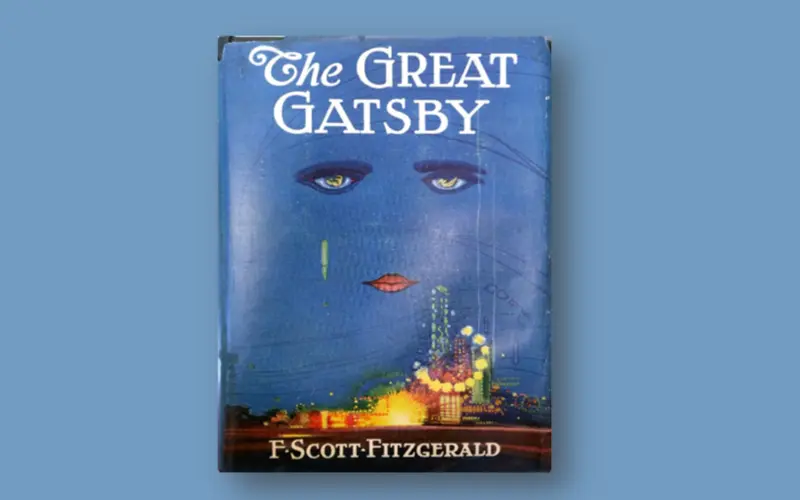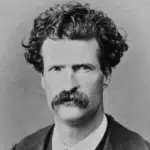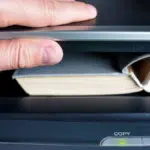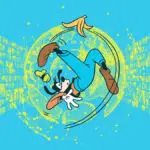A new crop of copyrighted works will enter the public domain in the United States on January 1, 2021. Here’s what you need to know.
Have you always dreamed of filming your own adaptation of “The Great Gatsby” with neighborhood cats in the starring roles? How about a Gatsby-themed sci-fi book? Or a new novel written from the perspective of Daisy Buchanan? Well, get ready, because “The Great Catsby,” “Gatsby: Vampire Hunter” and “I’m Actually an Excellent Driver: The Daisy Buchanan Story” are all within reach.
Just make sure you wait until January 1, 2021.
That’s the date F. Scott Fitzgerald’s classic novel will finally enter the public domain in the United States after enjoying 95 years of copyright protection dating back to 1925. Other works joining “Gatsby” on “Public Domain Day 2021″ include Virginia Woolf’s classic “Mrs. Dalloway,” “Arrowsmith” by Sinclair Lewis and the Harold Lloyd film “The Freshman.“

The Copyright Term Extension Act
For many years, no new works entered into the U.S. public domain. That’s because in 1998, Congress passed the Sonny Bono Copyright Term Extension Act (CTEA), which extended the term of copyright protection for subsisting copyrighted works by 20 years. Works created after 1978 are now protected for the life of the author plus 70 years. Works of corporate authorship enjoy protection for 120 years after creation or 95 years after publication, whichever ends sooner. And works copyrighted prior to 1978 had their terms extended from 75 years to 95 years from the date of publication.
As a result of the CTEA, no copyrighted works entered the U.S. public domain at all from 1999 through 2018. But now with the tap once again flowing, we’ve seen some pretty major works become copyright-free on Public Domain Day in the past couple of years, including E.M. Forster’s 1924 novel “A Passage to India” (entering the public domain in 2020) and the original 1923 version of Cecil B. DeMille’s “The Ten Commandments” (2019).
REMEMBER Public domain is country specific, so just because a work is in the public domain in the United States doesn’t mean it isn’t protected by copyright elsewhere—and vice versa. Check out our Copyright Myth Project for more.
Public Domain Day, January 1, 2021
As of this writing, works like “The Great Gatsby” are still protected for about three weeks. And while it seems unlikely that the estate of F. Scott Fitzgerald will be spending the remaining days of December churning out cease and desist letters, some people aren’t taking any chances.
For example, if you’re looking for a holiday gift for a “Gatsby” fan in your life, Amazon is currently taking preorders for “Nick.” It’s a new prequel about “Gatsby” narrator Nick Carroway written by author Michael Farris Smith (“Blackwood,” “The Fighter”), The only catch? It won’t actually be published until January 5, once it’s no longer possible for the Fitzgerald estate to state a claim for copyright infringement.

During an interview last year with the Associated Press, Blake Hazard, great-granddaughter of F. Scott Fitzgerald and trustee of the author’s literary estate, stated, “We’re just very grateful to have had it under copyright, not just for the rather obvious benefits, but to try and safeguard the text, to guide certain projects and try to avoid unfortunate ones.”
But starting on January 1, 2021, even the unfortunate ones are fair game.
Running Down the Clock
Estates of famous authors have sometimes attempted to enforce their rights in works soon to enter the public domain up until the last minute—or even beyond. A few months ago, I wrote about an ongoing legal battle by heirs of “Sherlock Holmes” author Sir Arthur Conan Doyle, who have sued Netflix and others for copyright infringement. Even though most of the stories in the Sherlock Holmes canon have entered the public domain, the estate claims that the film “Enola Holmes” utilizes character traits that the detective only began to exhibit in later works still under protection.
The estate of Harold Lloyd provides another example of a copyright owner who attempted to wring every last ounce of copyright protection from a work before the protection clock ran out. Perhaps to underscore the ticking time analogy, in 2014, Harold Lloyd Entertainment filed a lawsuit against the manufacturer of a clock that the the plaintiff argued was a “direct appropriation of the iconic clock scene” from Lloyd’s 1923 film “Safety Last.” A quick PACER search reveals that Harold Lloyd Entertainment filed several lawsuits alleging infringement as late as 2015—92 years after the film’s copyright was originally secured and just a few years before it was set to expire.

Interestingly, were it not for the passage of the CTEA in 1998 (or had the film been released just one year earlier), “Safety Last” would have been in the public domain at the time of the 2014 suit. Instead, it was part of Public Domain Day’s Class of 2019, to be joined in January 2021 by another Harold Lloyd classic, “The Freshman.”
Extending Rights in Public Domain Works
There are a few recognized methods that publishers and other rightsholders often use to retain market share even after a work has entered the public domain. “Special editions” tend to proliferate a year or two before a copyright is set to expire, filed with annotations, prefaces and essays that are still protected by copyright.
For example, in November, longtime “Gatsby” publisher Charles Scribner introduced a new edition of the book which includes so-called “final revisions” based on Fitzgerald’s own notes. This follows Scribner’s publication of a graphic novel version of “The Great Gatsby,” with an introduction from Blake Hazard.

It’s important to remember that copyright protection in these and other derivative works (including Baz Luhrmann’s 2013 “Gatsby” film adaptation) only extends to the new material added. This means that while you can’t copy the new works in their entirety, the underlying public domain story and text is free to use.
So, is anyone out there planning to produce new versions of “The Great Gatsby” or one of the other works that enters the public domain in January? Let me know in the comments below!






